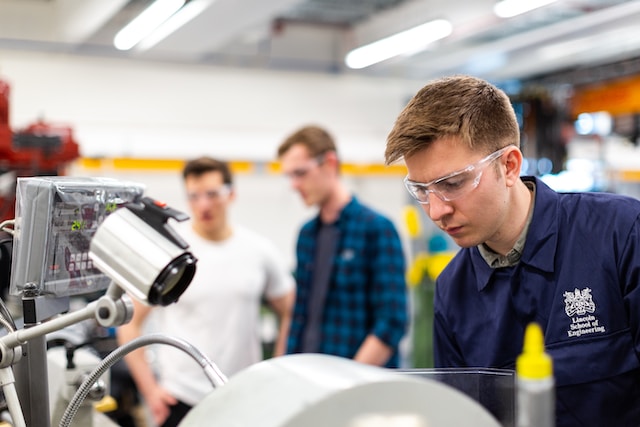Light travels at a speed of about 186,000 miles per second (300,000 kilometers per second). The sunlight that we see here on Earth actually left the Sun 8 minutes before. Nothing in this universe travels faster than that!
The speed of light slows down when it travels through objects but it can’t be stopped.
But recently, a group of scientists from Princeton University managed to trap the light by freezing it into crystal.
The breakthrough could lead to the possibility of creating a variety of exotic future materials with interesting properties like room-temperature superconductors, superfluid and insulators … all out of light.
It could even help answer questions about atoms and molecules that we haven’t yet been able to even with today’s most advanced computers.
Scientists built a structure with superconducting materials that contained 100 billion atoms engineered to act as a kind of single artificial atom. Then, they placed the artificial atom close to a superconducting wire containing photons.
As per the rules of quantum mechanics, photons on the wire inherit some of the properties of the artificial atom. While photons do not usually interact with each other but here they became slightly linked and began interacting with each other like particles.
The result was a kind of solid light by freezing the particles of light known as photons permanently in one place.






